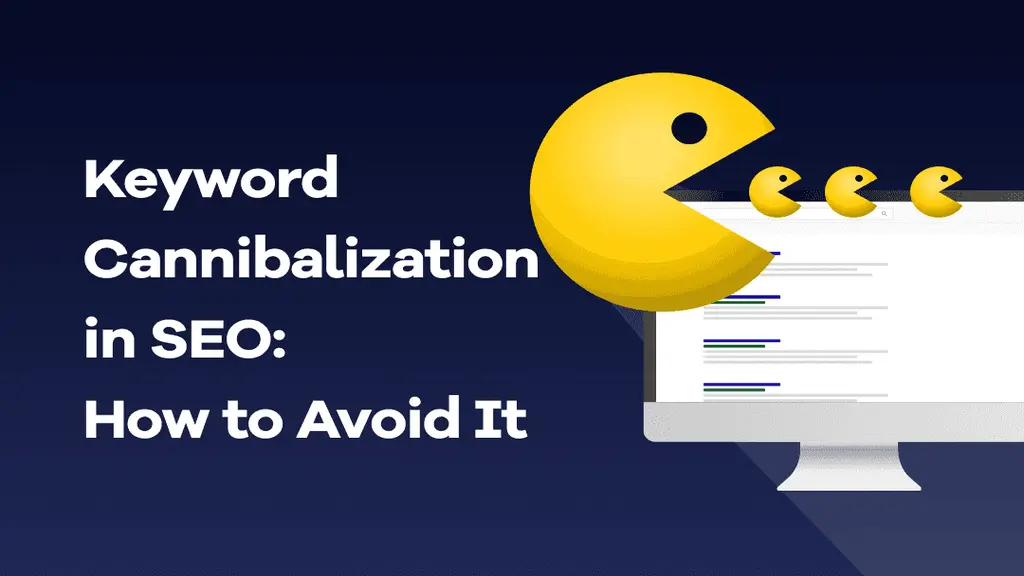What is a 301 redirect in WordPress, and when should I use it?
Answer: A 301 redirect in WordPress is a permanent redirect from one URL to another. It's used when you move or delete a page and want to redirect traffic from the old URL to a new one, preventing 404 errors and preserving SEO rankings.
How do I set up a 301 redirect in WordPress?
Answer: You can set up a 301 redirect in WordPress using a plugin like 'Redirection' or by editing the .htaccess file. Using a plugin is the easiest method and is recommended for those not comfortable editing website files directly.
Can I redirect a URL in WordPress without a plugin?
Answer: Yes, you can redirect a URL in WordPress without a plugin by editing the .htaccess file. However, this requires technical knowledge, and making a mistake can bring down your site, so it's usually safer to use a plugin.
Is it possible to redirect a page to an external URL in WordPress?
Answer: Yes, you can redirect a page in WordPress to an external URL using a 301 redirect. This can be done either through a redirection plugin or by manually editing the .htaccess file.
How does a 301 redirect affect my website’s SEO?
Answer: A 301 redirect is SEO-friendly as it passes most of the SEO value from the old URL to the new URL. It helps in maintaining search rankings and link equity, making it ideal for permanent changes to your site’s URL structure.
What's the difference between a 301 redirect and other types of redirects in WordPress?
Answer: A 301 redirect is a permanent redirect, indicating that the page has moved permanently. Other types, like 302 or 307, are temporary redirects used for temporary page relocations.
How can I manage multiple 301 redirects in WordPress?
Answer: Managing multiple 301 redirects in WordPress is best done using a redirection plugin. These plugins provide an interface to easily add, manage, and monitor redirects without needing to edit code.
Can 301 redirects resolve 404 error pages in WordPress?
Answer: Yes, 301 redirects can resolve 404 errors by redirecting users and search engines from a non-existent page to an existing one, improving user experience and site health.
Should I remove a 301 redirect after some time?
Answer: Once a 301 redirect is set up, it's generally best to leave it in place permanently. Removing it can lead to 404 errors and loss of SEO value if the old URL is still being accessed or linked to.
How do I ensure that my 301 redirects are working correctly in WordPress?
Answer: After setting up a 301 redirect in WordPress, you can test it by visiting the old URL to see if it redirects to the new one. Additionally, use tools like Google Search Console to monitor for crawl errors and ensure redirects are functioning as intended.





































































![1707475220 Bebran[1]](https://bebran.com/public/uploads/1709129094_1707475220_bebran[1].webp)

![1707475220 Bebran[1]](https://bebran.com/public/uploads/1709132759_1707475220_bebran[1].webp)

![1707475220 Bebran[1]](https://bebran.com/public/uploads/1709133996_1707475220_bebran[1].webp)

![1707475220 Bebran[1]](https://bebran.com/public/uploads/1709135250_1707475220_bebran[1].webp)

![1707475220 Bebran[1]](https://bebran.com/public/uploads/1709135874_1707475220_bebran[1].webp)

![1707475220 Bebran[1]](https://bebran.com/public/uploads/1709136770_1707475220_bebran[1].webp)







![1707475220 Bebran[1]](https://bebran.com/public/uploads/1709188948_1707475220_bebran[1].webp)

![1707475220 Bebran[1]](https://bebran.com/public/uploads/1709190426_1707475220_bebran[1].webp)

























































































